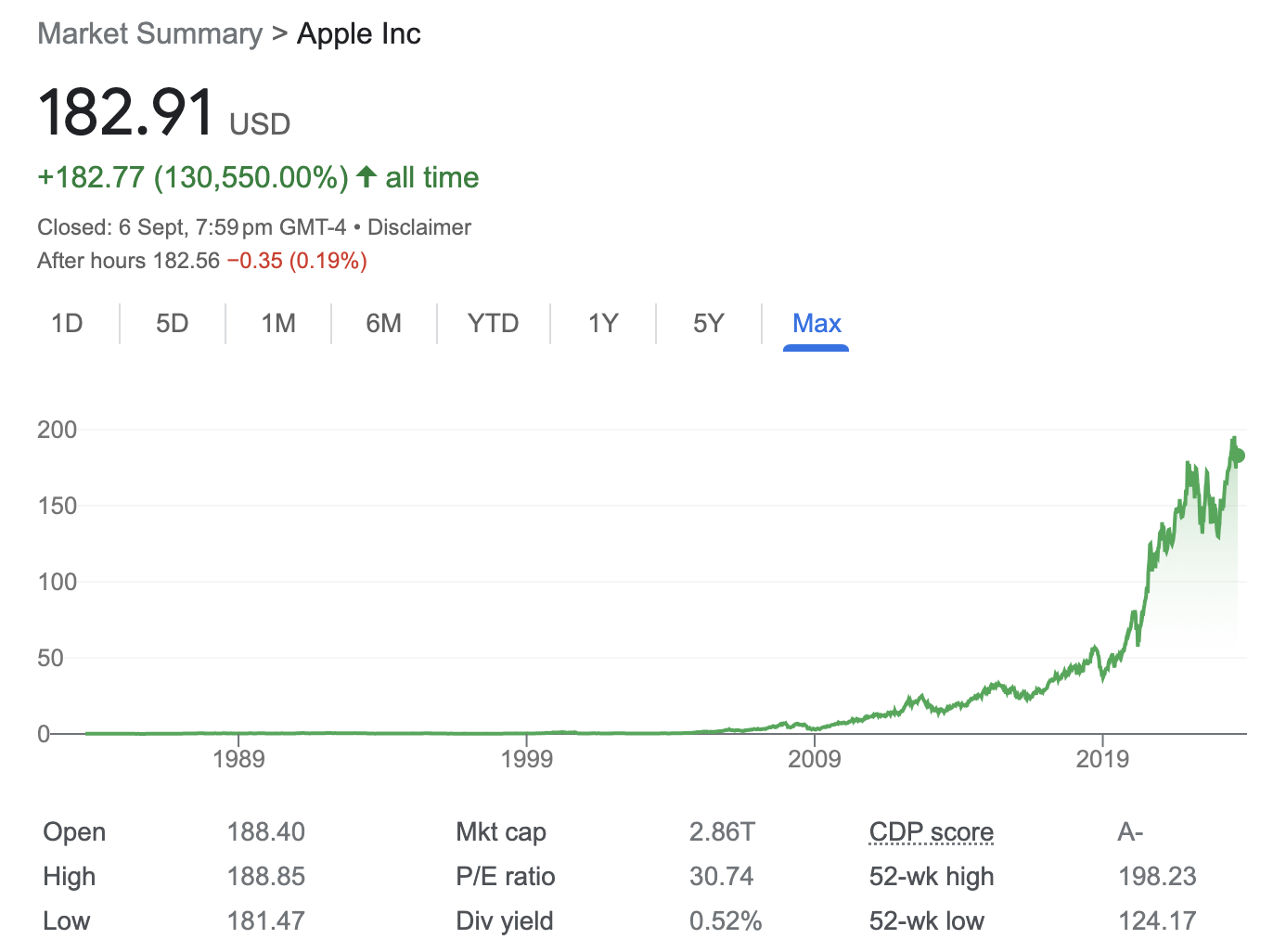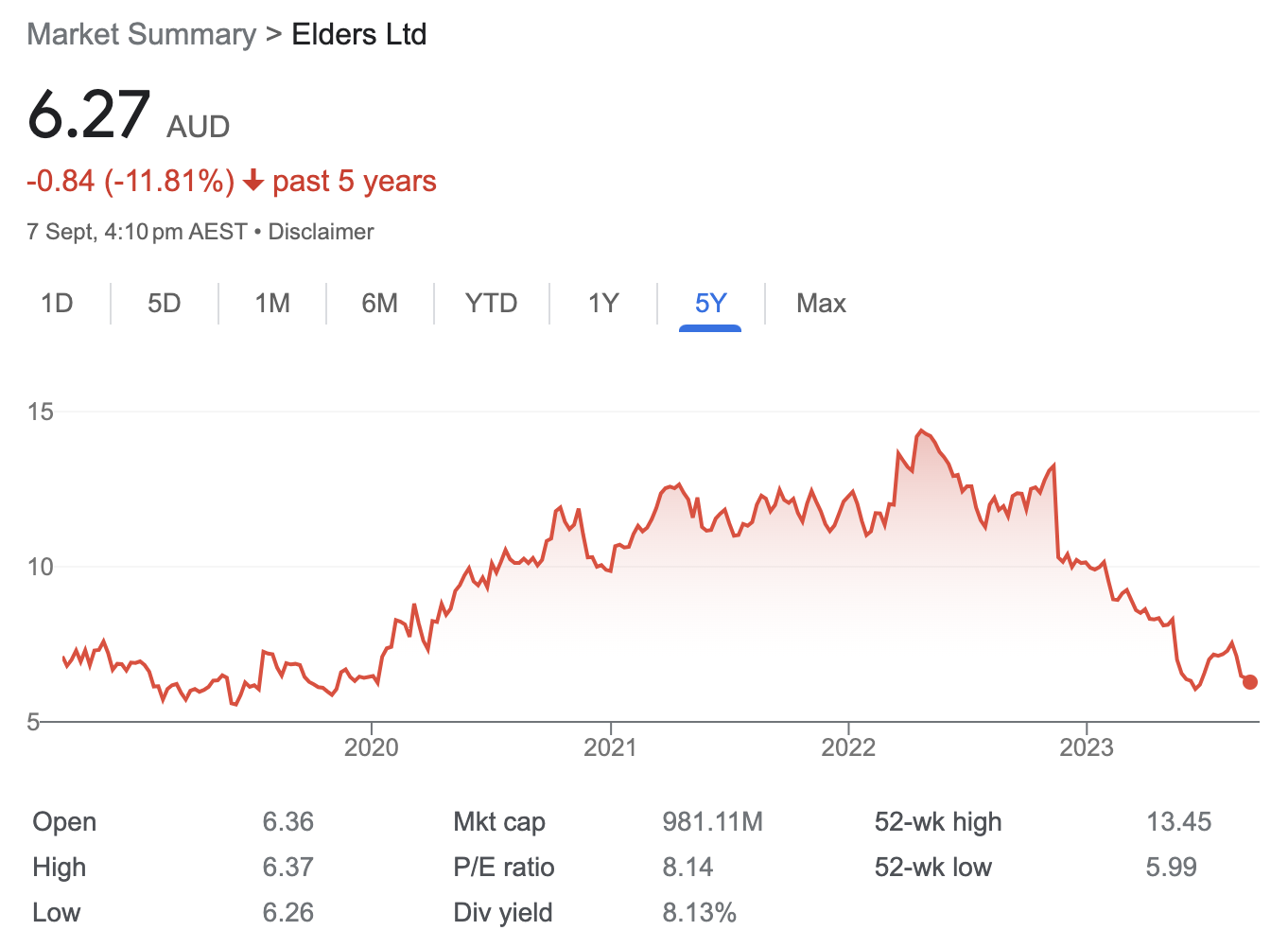Should you invest in stocks hitting all-time highs?
Like all great mothers, my own has gifted me with pearls of wisdom that have stuck with me throughout my life.
"Never get on the back of a motorcycle", she's told me. "Always wear clean underwear in case you get hit by a car and end up in the Emergency Department", was another gem.
And yet, the one piece of motherly advice that still rings true to me today is, "You pay for what you get."
As it would turn out, this saying applies to investing just as much as it applies to life.
"As usual, quality, as for anything in life and especially stocks, normally comes with a premium price tag," argues Ben Griffiths, managing director and senior portfolio manager at Eley Griffiths Group.
"Seasoned investors get in the habit of paying above average price-to-earnings ratios for companies that offer above average quality characteristics and above average earnings prospects. That almost always comes at a premium price. That's just one of the truisms of the market."
Coming off the back of reporting season, we've seen many stocks soar to new highs (and some, sink to new lows).
Take Brambles (ASX: BXB) or Cochlear (ASX: COH), for example, which have skyrocketed on their latest results.
I remember, clear as day, the moment Apple (NASDAQ: AAPL) became a US$1 trillion company. At the time, I felt like I was too late, that I'd missed the boat. I had FOMO of a massive wealth-building opportunity before FOMO was really even a thing.
And so, I didn't invest.
The company has gone on to become a nearly US$3 trillion juggernaut. Had I invested then, I would have enjoyed a nearly 200% return on my initial investment.

Maybe it's just me, but I feel like, as investors, we often get sucked into the feeling that valuation is absolutely, irrevocably key. In this way, we are often drawn to low PE stocks, or stocks that have recently been beaten down, in the hope (misguided or otherwise) that the market has gotten it wrong and a re-rating could be on the horizon.
But is investing in stocks at or near their highs perhaps a better strategy? After all, it was Newton who found that objects at rest stay at rest and objects in motion stay in motion.
American fund manager, Richard Driehaus, is considered to be the father of momentum investing. He was the founder and chairman of Driehaus Capital Management, a strategy that reportedly delivered returns of 30% per annum after it was set up in 1982.
Momentum investors believe that you can profit by sticking to a trend until its conclusion. Like a snowball rolling down a hill, momentum investors argue that stocks that are rising in price will attract more investment, driving the share price even higher.
Driehaus, in particular, sought out small to mid-cap companies with increasing earnings, positive earnings surprises and revisions and short-term share price strength. From the 30% p.a. returns, I can only assume this strategy served him well.
For more of a local take, I spoke to Australia's very own small-cap legend, Ben Griffiths, for his thoughts on momentum, the stocks he believes can sustain highs, and why he believes the worst thing investors can do is sell their winners.
.jpg)
"You can't make money without momentum"
While pricing discipline is important, Griffiths believes momentum is really what the investing business is all about.
"Whether a company you are looking at is above or below valuation, you don't make any money out of it without momentum," he says.
"Momentum is the recognition that investors are following and seeking exposure to a company, they're bidding it up, and they're desiring exposure to a good story with good earnings, improving prospects and a rising share price."
That said, momentum can sometimes be dangerous, Griffiths adds, and it's usually the everyday investors, like you and I, that get burnt.
"The private investor usually comes in towards the end of a stock's typical cycle and he or she will create the final momentum rush, which we tend to call 'blow-off action'," he explains.
"On the downside, when the same household sector gets a bit panicky, invariably the professional money will be out earlier and the household investor comes out late. As momentum flushes out to the downside it is referred to as a 'climax selloff'."
Unfortunately, there is no way to avoid this "time-honoured phenomenon of markets", Griffiths says, "that's just the way it is."
What to watch
"One of the moving parts of the market I look at closely every day are stocks making 52-week highs and stocks making all-time highs. The flip side as well - stocks making 52-week lows and all-time lows," he says.
"Invariably, stocks that are trading at highs go higher, and stocks that are trading at lows go lower. That's just the way of the market."
Whether or not you can identify why this is happening is somewhat irrelevant, he adds.
"New highs and new lows can tell you a lot. They tell you that investor perceptions are changing, and even if you haven't got the information, it's a signal for you to go and do some work to find out why it is hitting an all-time high or low," Griffiths says.
He points to Mader Group (ASX: MAD) as an example of a stock near its all-time high, while Judo Bank (ASX: JDO) and Star Entertainment Group (ASX: SGR) continue to sink to fresh lows.
"It's a great signal for investors that something has changed within the story. Whether it's bullish or bearish, investors are voting. It's up to you whether you will follow the weight of that money up or down," Griffiths adds.
"One of the worst reasons to sell a stock is it's gone up"
The converse applies too. One of the worst reasons to buy a stock is its share price has gone down.
"What share price movements should do is prompt investors to investigate what has happened," Griffiths says. "What is the price telling you? What is behind the movement?"
"When a stock has a low PE, it can look a bit like a beacon to buy that stock. But you need to be aware of that rating and what it's telling you."
A good example, according to Griffiths, is Elders (ASX: ELD). (see below)

"Back in 2021, it traded on a multiple of about 17 times versus a market multiple average of about 15 times," he says.
"Elders looked relatively expensive, versus the market, but it had great prospects ahead of it. Apart from the fact that it has an outstanding management team, it had great agricultural prospects, big weed crops, and strong cattle prices."
Today, Elders is trading on just 10 times.
"It looks like it might be cheap, but its rating has come down because there are concerns about the perceived earnings outlook for Elders. There are concerns that the good times in agriculture are probably in the rearview mirror and that times are going to be a little tough going forward," Griffiths explains.
Its share price has sunk more than 36% since the beginning of 2021.
"That's recognition from professional investors that its earnings outlook is starting to deteriorate," Griffiths says.
"Anyone who's just buying a stock like Elders because it fell 10% one day, or because it's cheap, needs to be more mindful of the total picture - what is unfolding, the earnings contraction, the dimming prospects in terms of what agriculture holds and so on."
There's obviously a chance that the stocks trading near or at their lows don't continue to fall further. But it's up to the individual investor, and their risk appetite, to assess these stocks' prospects going forward.
So which companies can sustain their highs?
Good question, I had the same one myself.
"Their share price performance looks extraordinary. They've taken the old highs out," he says.
"It shows that investors, post-reporting season, are clearly very excited about what they've heard and are confident about these stocks' prospects going forward."
Within small caps, stocks with positive outlook statements have been favoured by investors of late.
Of those that Griffiths believes have the fundamentals to support a continuing upward share price trend, Accent Group (ASX: AX1), Altium (ASX: ALU), Mader Group (ASX: MAD), and Codan (ASX: CDA) make the cut.
It also helps that central banks are closer to the end than they are the beginning of the rate hike cycle, with the Reserve Bank of Australia keeping rates on hold once again this week.
"No one's expecting rates to necessarily fall for the foreseeable future, but if we're just about done on rate hikes then you can see an enormous stabiliser for economic activity and concern," Griffiths says.
"It clearly makes the cost of living more affordable as rates stabilise. The cost of money slows its rise and that removes stress from the banking system, which is important for the healthy functioning of the economy and good for consumer confidence generally."
Whether or not these stocks can sustain their highs and soar even higher is anyone's guess. But with rates on pause, at least for now, there's more support than there's been in quite some time for this share price momentum to continue.
2 topics
10 stocks mentioned
1 contributor mentioned

